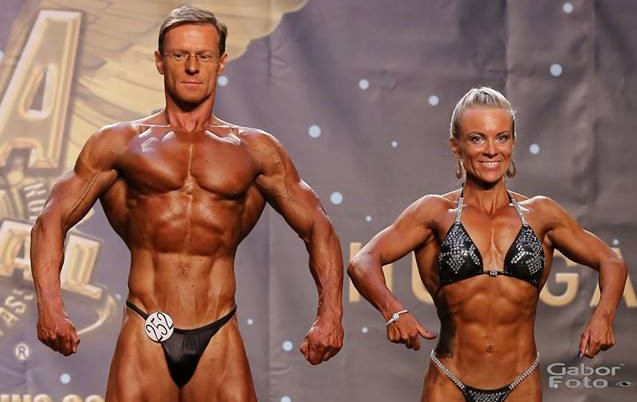Introduction
Welcome to our comprehensive guide on how to effectively perform high intensity training (HIT) without the assistance of a spotter. In this article, we will delve into the intricacies of HIT, providing you with the knowledge and techniques required to maximize your workout while ensuring safety and avoiding potential injuries. Whether you are a seasoned fitness enthusiast or a beginner looking to amp up your training routine, this article will equip you with the necessary skills to conquer HIT and achieve your fitness goals.
Understanding High Intensity Training (HIT)
High intensity training is a workout technique that emphasizes short, intense bursts of exercise followed by brief recovery periods. This form of training is ideal for individuals looking to improve their strength, endurance, and overall fitness levels. The key to successful HIT lies in executing exercises at your maximum effort level, pushing your body to its limits.
The Benefits of High Intensity Training
1. Efficient and Time-Saving: HIT workouts typically last between 20 to 30 minutes, making them ideal for those with busy schedules. The short duration, combined with the intensity of the workout, allows you to achieve incredible results in a fraction of the time.
2. Increased Caloric Burn: When performed correctly, HIT can significantly increase your metabolism, resulting in a higher calorie burn even after your workout. This effect, known as excess post-exercise oxygen consumption (EPOC), helps you achieve your weight loss goals more effectively.
3. Muscle Growth and Strength Gain: The intense nature of HIT triggers the release of growth hormone, promoting muscle hypertrophy and strength gains. By consistently challenging your muscles, you stimulate growth and enhance your overall physique.
4. Improved Cardiovascular Fitness: HIT workouts elevate your heart rate, effectively challenging your cardiovascular system. Over time, this leads to improved conditioning, endurance, and overall cardiovascular health.
Now that we have gained a clear understanding of HIT and its benefits, let's explore how you can incorporate this training technique into your fitness regimen without the need for a spotter.
1. Choose the Right Exercises
When performing HIT training without a spotter, it is crucial to select exercises that can be executed safely and effectively alone. Compound movements, such as squats, deadlifts, and bench presses, are excellent choices as they engage multiple muscle groups simultaneously, optimizing your workout efficiency. Additionally, bodyweight exercises like push-ups, pull-ups, and lunges can be a valuable inclusion in your HIT routine.
2. Start with Proper Warm-up
Before diving into the high intensity part of your workout, it is essential to warm up your body adequately. A dynamic warm-up routine consisting of light cardio, mobility exercises, and dynamic stretches can help prepare your muscles, joints, and cardiovascular system for the upcoming intense workout. Spending 5 to 10 minutes on warm-up exercises can reduce the risk of injury and enhance your performance during the main workout.
3. Gradually Increase Intensity
Since you won't have a spotter to assist you, it's crucial to gradually increase the intensity of your HIT workouts. Begin with a weight or resistance level that allows you to maintain proper form and execute the exercise safely. As you progress and become more comfortable with the movements, you can gradually increase the resistance or weight to continuously challenge your muscles.
4. Incorporate Drop Sets and Supersets
To intensify your workout without a spotter, incorporating drop sets and supersets can be highly effective. Drop sets involve performing an exercise with a heavy weight until failure, then quickly reducing the weight and continuing until failure again. Supersets involve performing two exercises consecutively without rest, targeting different muscle groups. These techniques maximize muscle fatigue and stimulate further growth.
5. Utilize Machines and Equipment with Safety Features
When working out without a spotter, certain machines and equipment can provide added safety measures. Cable machines, for example, offer adjustable weights, allowing you to find the ideal resistance level. Additionally, machines with built-in safety features, such as Smith machines or squat racks with safety bars, can provide a safety net in case you reach muscle failure during exercises like bench press or squats.

